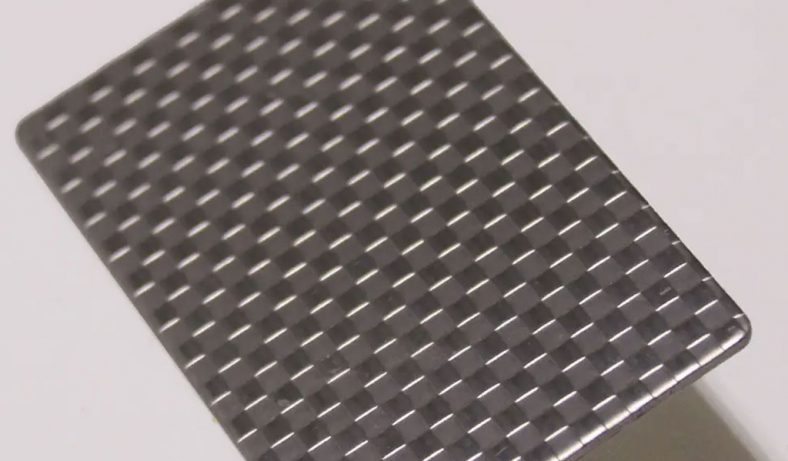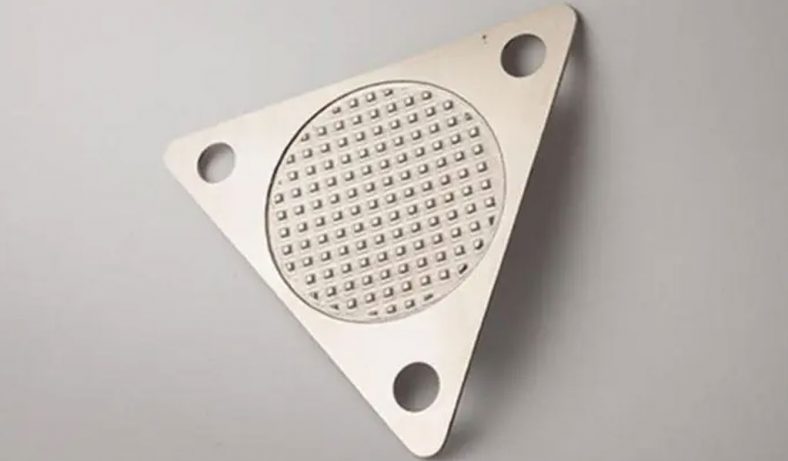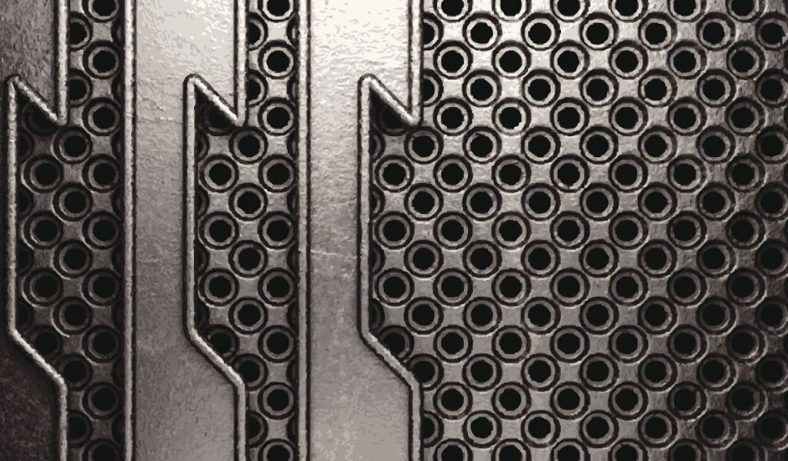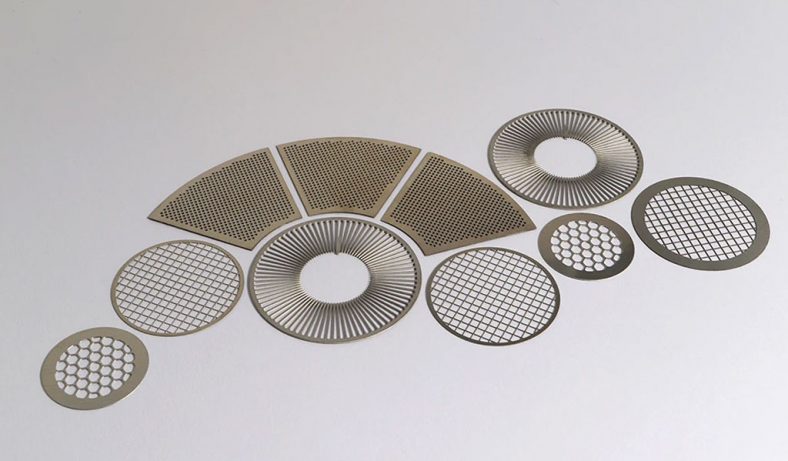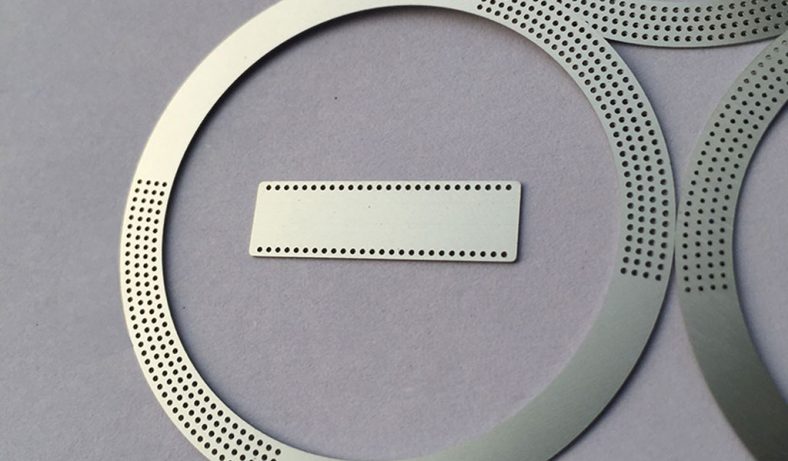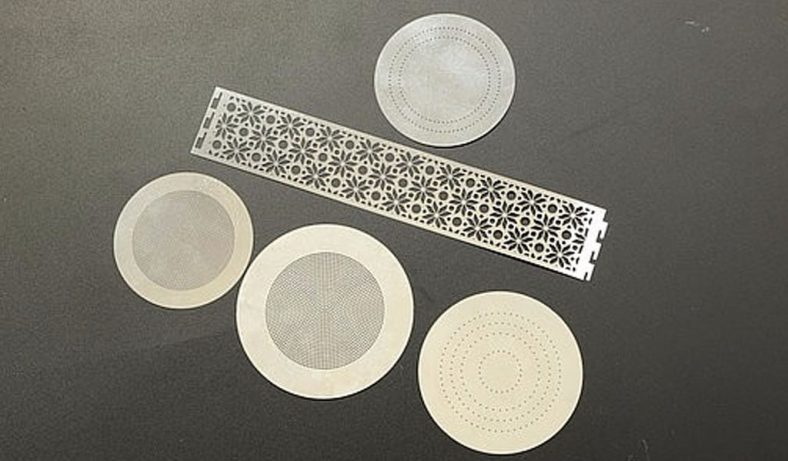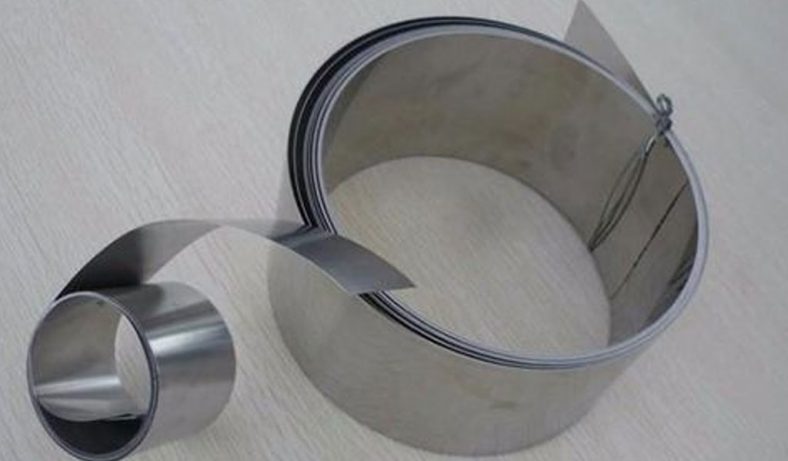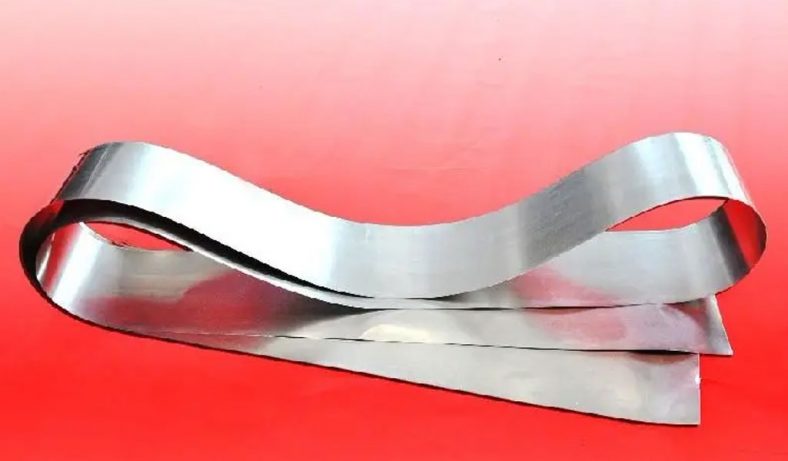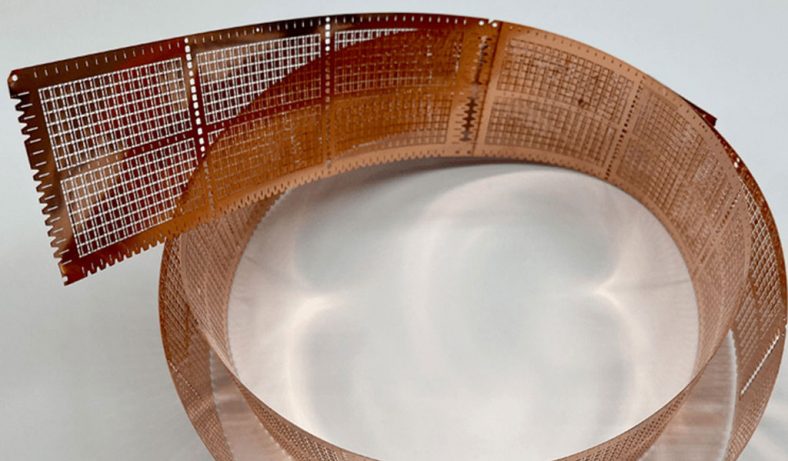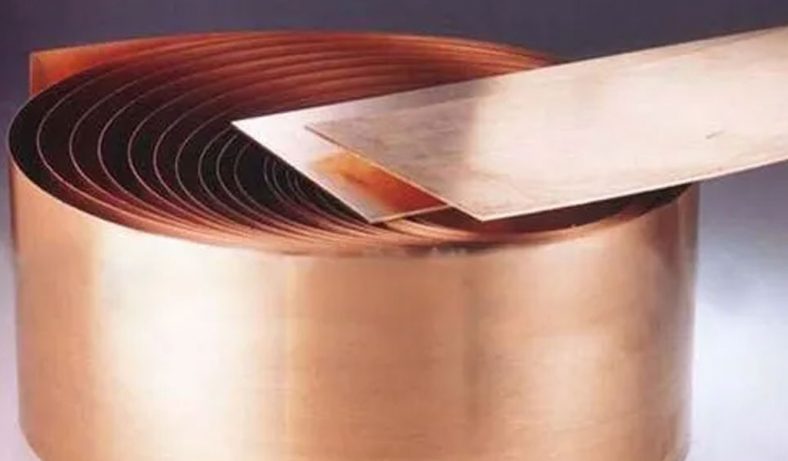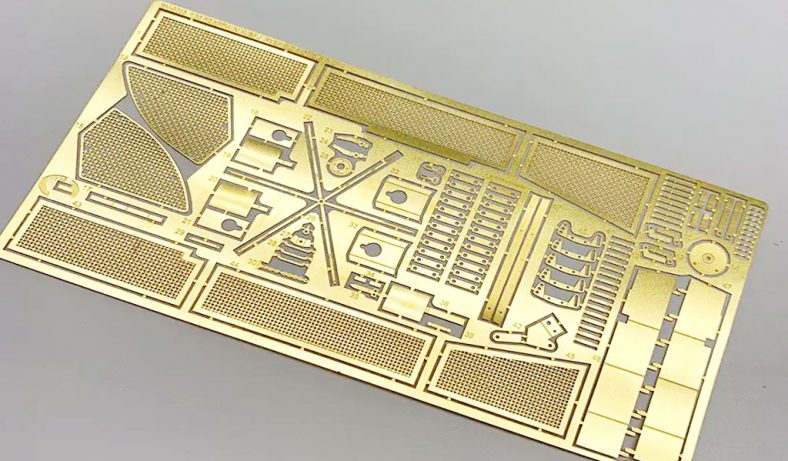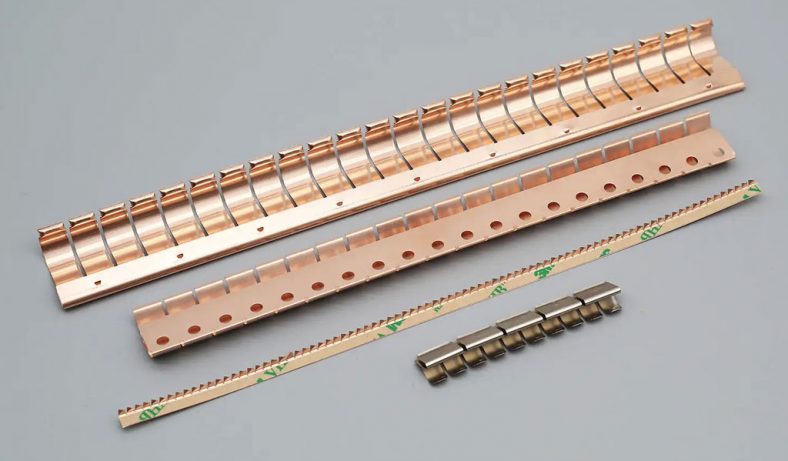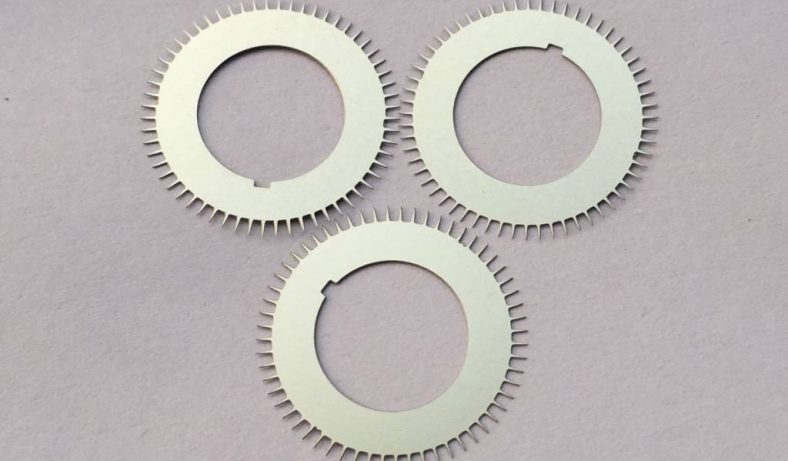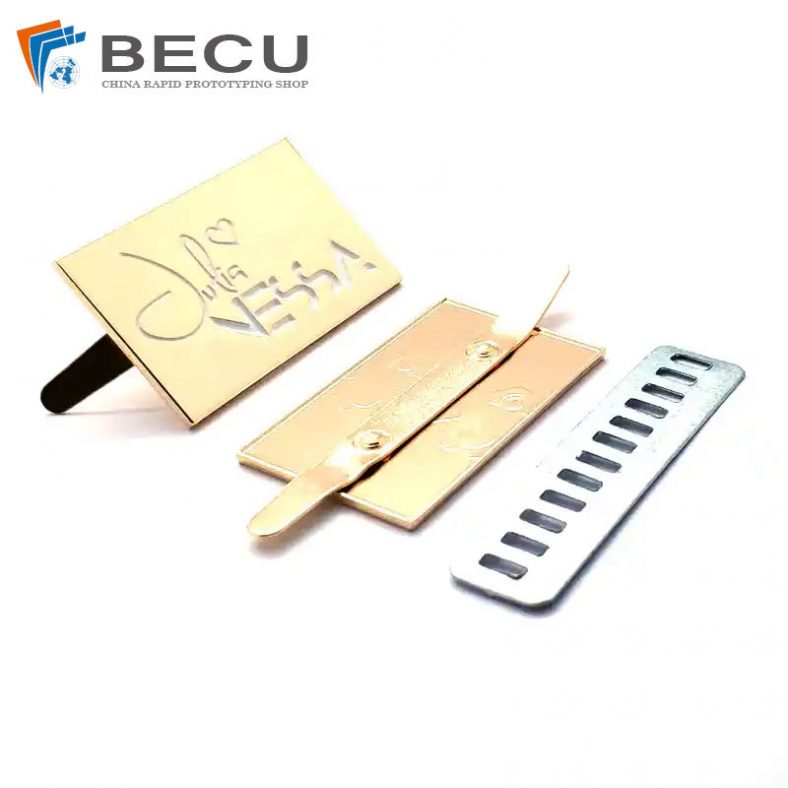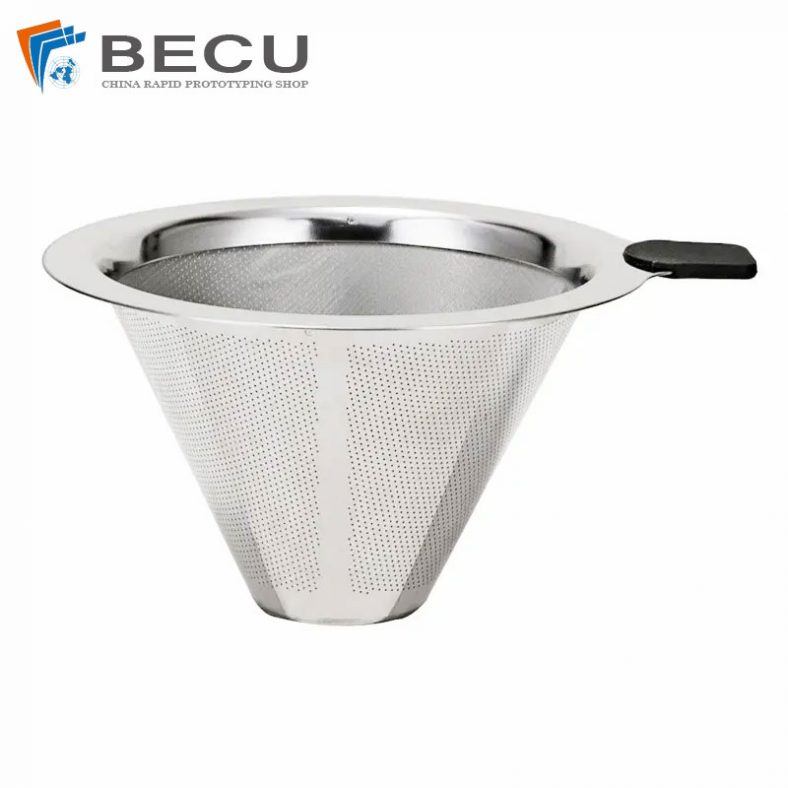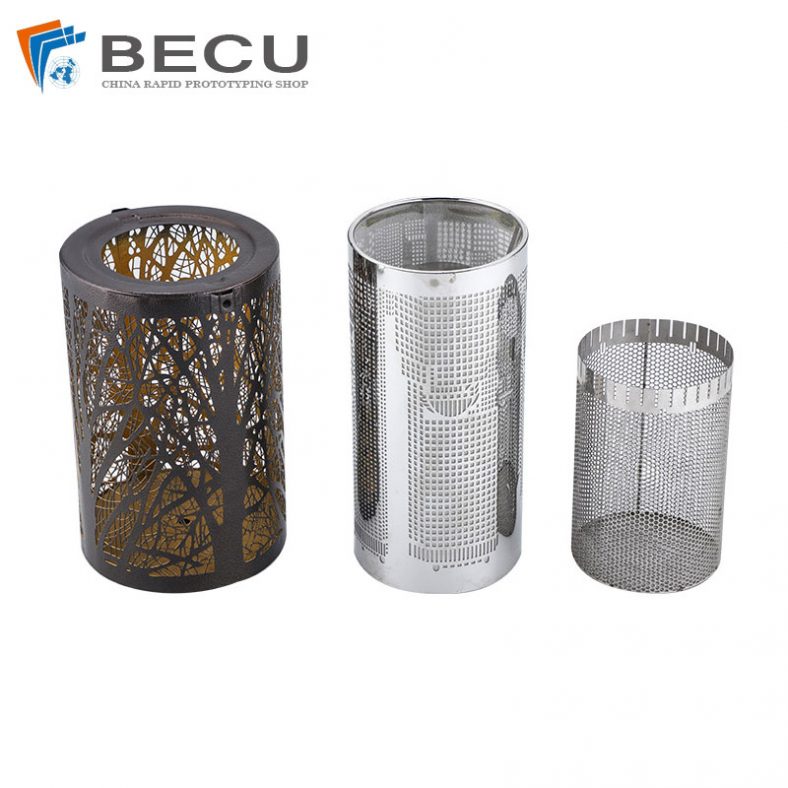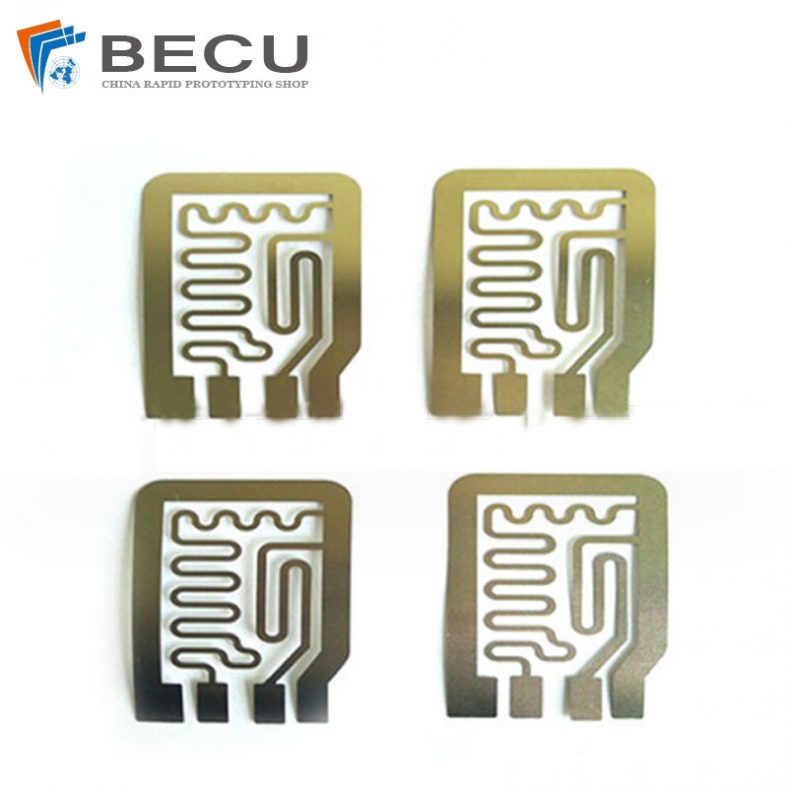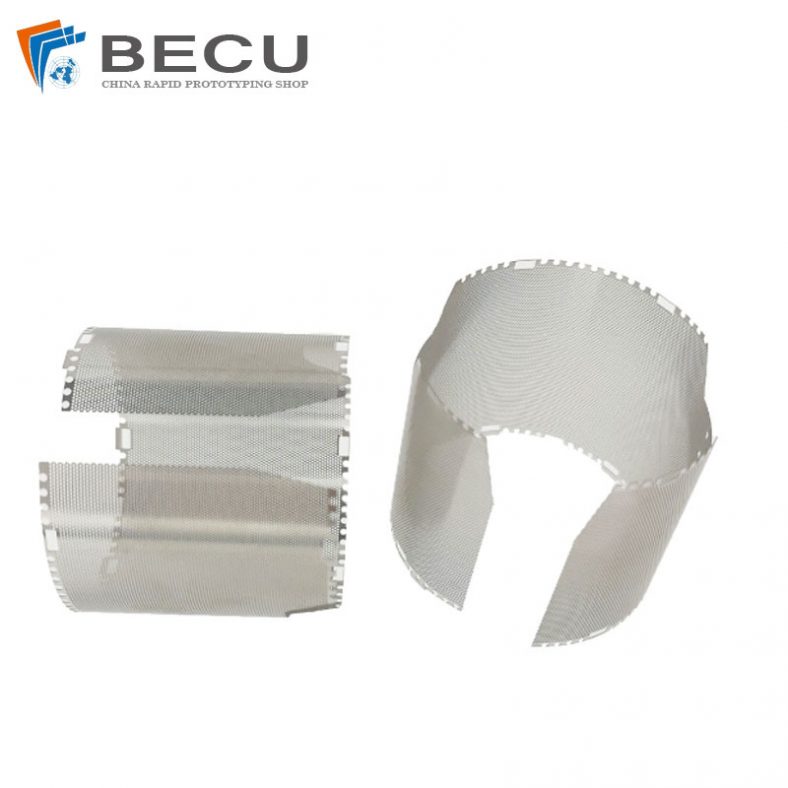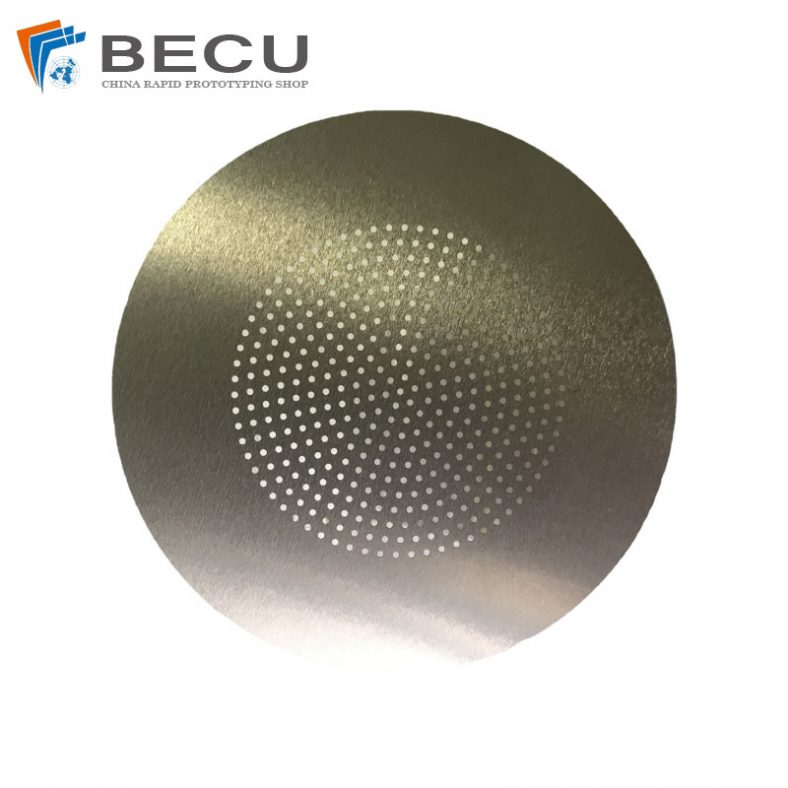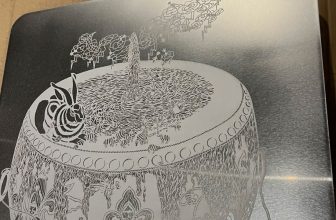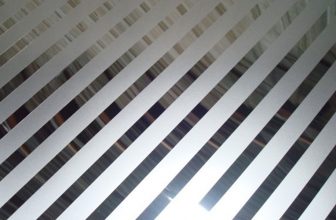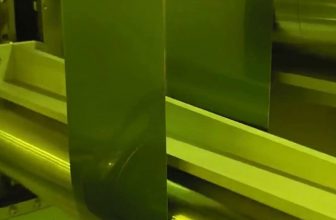In the fast-paced world of product development, rapid prototyping is a crucial step that can make or break a project. Traditional methods, such as CNC machining and 3D printing, have been the go-to options for creating prototypes quickly. However, there’s a lesser-known but highly effective technique that’s gaining traction in the industry – photochemical etching. This article will explore the top advantages of using photochemical etching for your rapid prototyping needs.
Precision and Complexity
Photochemical etching is a subtractive manufacturing process that excels in producing highly precise and complex components. Unlike some other methods, photochemical etching doesn’t rely on mechanical force, which can result in stress and distortion in the final product. Instead, it uses chemical reactions to selectively remove material with incredible accuracy. This precision is essential for creating intricate prototype designs that accurately reflect the intended final product.
Cost-Efficiency
Compared to traditional methods like CNC machining, photochemical etching offers significant cost savings. The process is highly efficient, as it allows multiple components to be manufactured simultaneously from a single sheet of material. This eliminates the need for expensive tooling or molds, making it an ideal choice for small-batch or one-off prototype production. The reduced material waste also contributes to cost-effectiveness, as you only use what’s necessary for your design.
Quick Turnaround
Rapid prototyping lives up to its name when you choose photochemical etching. The process is exceptionally fast, with turnaround times measured in days, not weeks. The absence of time-consuming tooling setup, as required in other techniques, means that you can quickly iterate and refine your design without long delays. This agility is invaluable when speed-to-market is a top priority.
Material Versatility
Photochemical etching is highly versatile when it comes to materials. It can work with various metals, including stainless steel, aluminum, copper, and even exotic alloys. This flexibility allows you to choose the material that best suits your application without compromising the prototyping process. It’s particularly advantageous when you need to test different materials to assess their performance in your product.
Scalability
While photochemical etching is ideal for rapid prototyping, it can also be scaled up for larger production runs. This adaptability means you can seamlessly transition from prototyping to full-scale manufacturing without the need for a complete process overhaul. This scalability can be a game-changer when your project moves from the design phase to mass production.
Minimal Material Stress
In contrast to machining or heat-based processes, photochemical etching imparts minimal stress on the material. This is especially important when dealing with delicate or thin materials. It ensures that the prototype accurately represents the expected mechanical properties of the final product, a crucial aspect in testing and development.
High Quality and Detail
The chemical nature of photochemical etching results in smooth and burr-free edges, reducing the need for secondary finishing processes. This high-quality surface finish and fine detail preservation make it an excellent choice for producing prototypes with intricate designs, tight tolerances, and demanding geometries.
Design Freedom
With photochemical etching, there are virtually no limitations on the complexity of your design. You can create prototypes with intricate features, fine grids, and microstructures that would be challenging or impossible to achieve with other methods. This design freedom empowers engineers and designers to push the boundaries of innovation.
Conclusion
Photochemical etching offers a compelling set of advantages for rapid prototyping needs. Its precision, cost-efficiency, quick turnaround, material versatility, scalability, minimal material stress, high quality, and design freedom make it an attractive choice for those looking to bring their ideas to life with speed and accuracy. As technology continues to advance, photochemical etching is emerging as a powerful tool in the toolbox of product developers and designers. Consider adding this innovative method to your rapid prototyping arsenal for the competitive edge it can provide in today’s fast-paced business environment.

